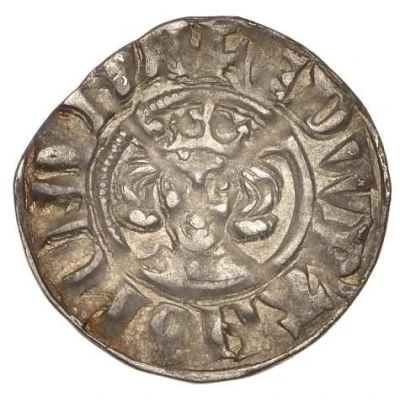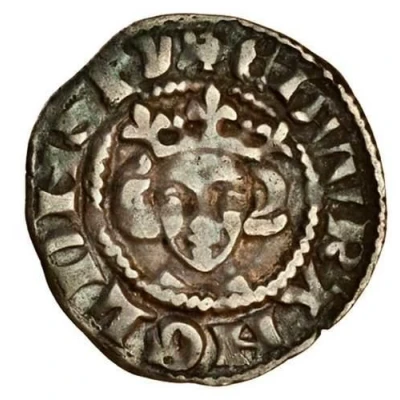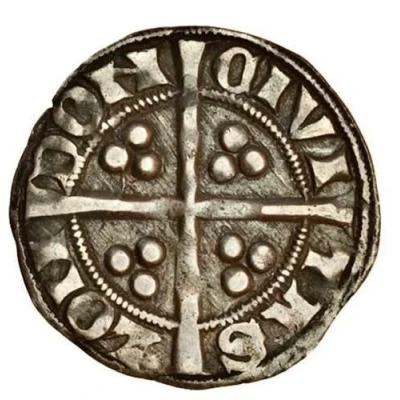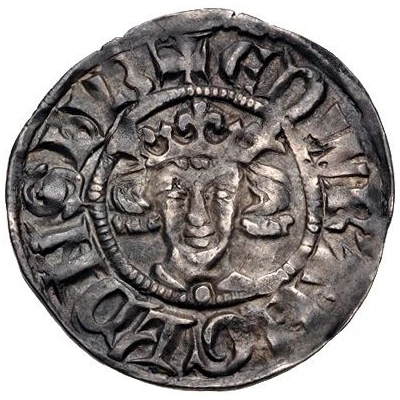
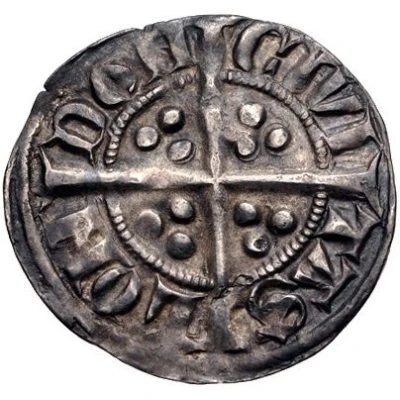

© Classical Numismatic Group, Inc.
1 Penny - Edward I Sterling type; class 5b ND
| Silver (.925) | 1.4 g | 20 mm |
| Issuer | England (United Kingdom, British Overseas Territories and Crown Dependencies) |
|---|---|
| King | Edward I (1272-1307) |
| Type | Standard circulation coin |
| Years | 1289-1291 |
| Value | 1 Penny (1⁄240) |
| Currency | Pound sterling (1158-1970) |
| Composition | Silver (.925) |
| Weight | 1.4 g |
| Diameter | 20 mm |
| Shape | Round (irregular) |
| Technique | Hammered |
| Demonetized | Yes |
| Updated | 2024-10-08 |
| Numista | N#323903 |
|---|---|
| Rarity index | 94% |
Reverse
Long cross pattée, trefoil of pellets in angles, mint name around.
Script: Latin (uncial)
Lettering: CIVI TAS · LON DON
Lettering (regular font): CIVI TAS · LON DON
Translation: City of London
Comment
House of Plantagenet (1154-1399), Edward I (1272-1307), Sterling coinage (1279-1307), Class 5b penny.Struck at the London, Bury (Sp#1417), Canterbury (Sp#1419) and Durham (Sp#1423) mints, 1289-91.
For more detail, please see Rod Blunt's website here.
Spink SCBC reference numbers:
The Spink Standard Catalogue of British Coins lists reference numbers in order for individual Edward I New Coinage types struck at the Tower mint, London and after that section, all the different types struck at a given provincial mint are grouped together under one reference number.
Interesting fact
The 1 Penny coin of Edward I, also known as the "Edwardian Penny," was minted during the reign of King Edward I of England, who ruled from 1272 to 1307. It was a significant coin during its time, as it was the first English coin to feature a portrait of the king, and it introduced a new standardized coinage system that replaced the earlier irregularly shaped coins. The coin's design featured a crowned bust of King Edward I on the obverse (front) side, and a long cross with three pelicans on the reverse (back) side. The pelicans were added to the design to symbolize the king's generosity and charity.
